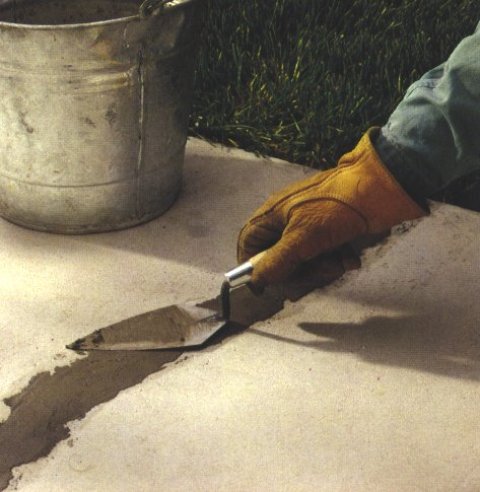Date: January 1, 2010
News - Avoiding Concrete Cracks
Most random cracks that appear soon after installation rarely affect the structural integrity or the service life of concrete, but closely spaced pattern cracks or cracks that result from freezing or thawing may lead to deterioration. Many concrete cracks are caused by flawed design or construction practices, such as the omission of isolation or contraction joints or the addition of too much water to the concrete on the job site.
While it is impossible to ensure that the concrete will be completely crack free, these cracks can be reduced or controlled by following these tips:
- The soil beneath the slab should be well compacted by rolling, vibrating, or tamping.
- In drying conditions, dampen the subgrade, formwork, and reinforcement before concrete placement.
- When possible, avoid using concrete with a slump of more than 5 inches; higher slump can be used if the mixture is designed to produce the required strength without excessive bleeding or segregation, such as with the use of a water-reducing admixture.
- Initial screeding must be promptly followed by bull floating.
- Never perform finishing operations when there is bleed water on the surface.
- In hot or windy conditions when evaporation rates will be high, use wind breaks, fog sprays, wet burlap, or polyethylene sheets between finish operations.
- Start concrete curing process as soon as possible, keeping the concrete moist for at least three days.
- Install contraction joints by sawing or tooling a grove about ¼ to 1/3 the thickness of the slab, with spacing between 24 and 36 times the thickness of the slab (for example, if the slab is 6 inches thick, there should be a joint every 12 feet.)
- Create isolation joints in areas where the slab meets walls, columns, or footings to allow for vertical or horizontal movement.

Other news articles from January 2010
- Extreme Makeover: Home Edition
- Chaney Foundation to Offer Scholarships
- ICF!
- Unsung Hero
- Adding Water to Concrete on the Jobsite
- Winter Care for Concrete
- Testing Compressive Strength
- Proper Cylinder Procedures
- Avoiding Discrepancies in Yield
- How to Order Ready Mixed Concrete
- Hot Weather Concrete Placement
- Guide to Admixtures
- Curing Concrete
- Cold Weather Concrete Placement
- Concrete Pavement Analyst Software Compares Initial and Lifecycle Costs
- Kaufman Products Visits The Concrete Store
- Visit the Concrete Store for your cold weather concrete needs